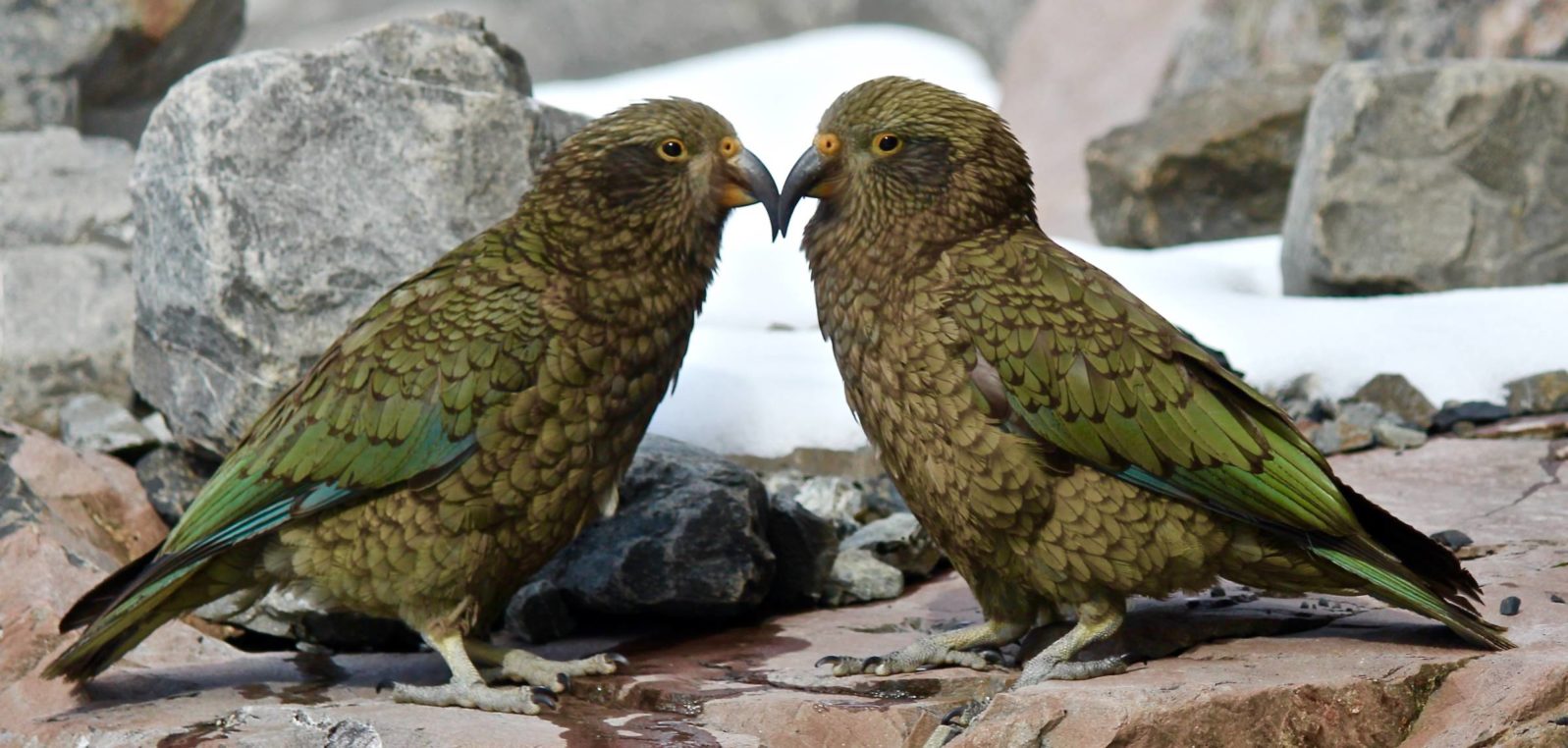Is the Key to Human Language To Be Found In Singing Birds?
If singing birds can explain human speech, why aren’t the birds all giving interviews?That’s the claim of a recent article in Cognitive Sciences:
The study is based on evidence from diverse fields such as archaeology, evolutionary genomics, neurobiology, animal behaviour and clinical researcher on neuropsychiatric disorders. With these, it shows that the reduction of reactive aggressiveness, resulting from the evolution and process of self-domestication of our species, could have led to an increase in the complexity of speech. According to the authors, this development would be caused by the lowest impact on brain networks of stress hormones, neurotransmitters that activate in aggressive situations, and which would be crucial when learning to speak. To show this interaction, researchers analysed the genomic, neurobiological and singing-type differences between the domesticated Bengalese finch and its closest wild relative.
University of Barcelona, “What does the study of domesticated birds tell us about the evolution of human language?” at ScienceDaily (April 19, 2021) The paper is closed access.
Did you notice the expressions “could have led to” and “would be caused/would be crucial”? These types of expressions are only used when advancing a blue sky theory that probably has nothing to do with real life.
We are told: Bengalese finches in captivity sing in a way that is perceived by humans to be more interesting (“a more varied and complex song ”) than they would in the wild. That would be no surprise if we assume that they are kept safe and rewarded by humans for doing so.
And then we learn:
For the researchers, these differences between domestic and wild animals are “the central pieces in the puzzle of the evolution of human language,” since our species shares with other domestic animals particular physical changes related to their closest wild species. Modern humans have a plain face, a round skull and a reduced size of teeth compared to our extinct archaic relatives, Neanderthals. Domestic animals have comparable changes in facial and cranial bone structures, often accompanied by the development of other traits such as skin depigmentation, floppy ears and curly tails. Last, modern humans have marked reductions in the response measures to stress and reactive aggression compared to other living apes. These similarities do not stop with physical since, according to researchers, the genomes of modern humans and multiple domesticated species show changes focused on the same genes.
University of Barcelona, “What does the study of domesticated birds tell us about the evolution of human language?” at ScienceDaily (April 19, 2021) The paper is closed access.

Humans, of course, breed domestic animals that way for our benefit. We do not teach them human language because we cannot do so. Apes can certainly be violent but we do not have a clear reason for believing that Neanderthal man, as a separate group, was more violent than other humans, despite facial differences — and whatever his language.
Philosopher Stephen Law offers a useful distinction when it comes to understanding human language. He asks us to imagine what the words “It’s hot today” mean, if uttered by a parrot as opposed to a human:
Meaning is something with which we’re intimately familiar – so familiar that, for the most part, we barely register or think about it at all. And yet, once we do begin to reflect on meaning, it can quickly begin to seem bizarre and even magical. How can a few marks on a sheet of paper reach out across time to refer to a person long dead? How can a mere sound in the air instantaneously pick out a galaxy light-years away? What gives words these extraordinary powers? The answer, of course, is that we do. But how? …
I possess a wide range of abilities that manifest my grasp of what I mean. For example, I can explain what must be the case for the sentence to be true. I can explain what the word ‘hot’ means by pointing to examples or by using other words. And I can successfully combine the words ‘hot’ and ‘today’ in other sentences. A parrot can do none of these things.
Stephen Law, “My words have meaning, your parrot’s do not. Wittgenstein explains” at Psyche
The word “hot” does not — and never will — mean anything to the parrot. The parrot reacts to its environment. But that environment does not include abstractions like “hot” or “cold,” let alone “Neanderthal facial features” or “domestic animals.” Abstraction is a human trait. Birds and bees don’t do it.
Unfortunately, too many efforts to understand human language are based in trying to pretend that it is the same thing as chirps and squawks, bleats and bellows. That sort of thing gets academic papers accepted but it is not much use in the long run in understanding language.
You may also wish to read: The real reason why only human beings speak. Language is a tool for abstract thinking—a necessary tool for abstraction—and humans are the only animals who think abstractly
and
Can AI “translate” animal languages into human languages? If we understood animal communications better, would they even seem like a language? Human language consists largely of abstractions that confer clouds of meaning. Absent any animal equivalent, more information would not create understanding.
